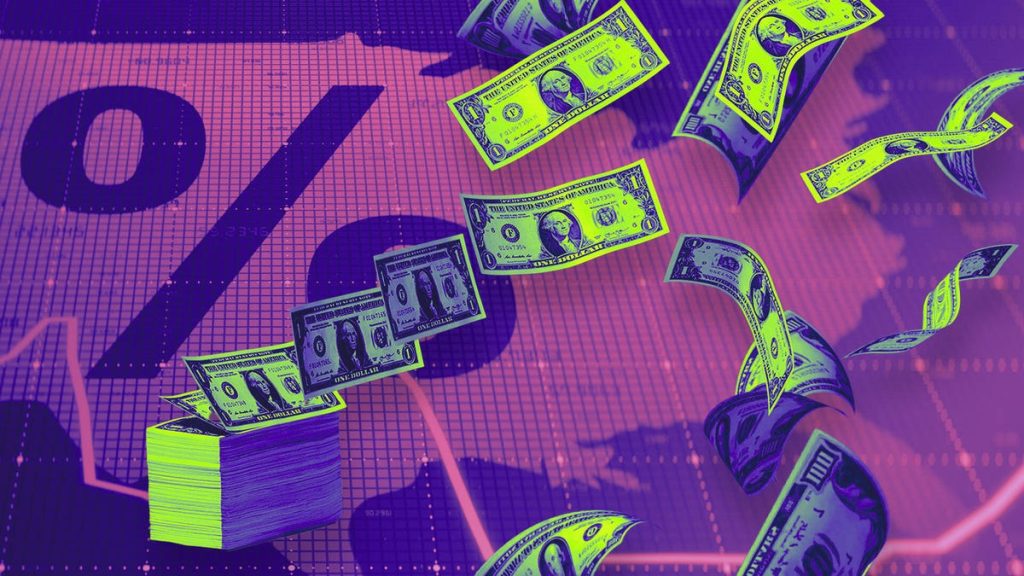Inflation numbers cooled in September, prompting expectations of another interest rate cut at the Federal Reserve meeting. The Fed’s preferred inflation indicator rose by 2.1% annually, with a 0.2% increase in prices from the previous month. Core inflation, excluding food and energy, rose by 2.7% annually, with housing and health care costs being significant contributors to higher prices. Despite a downward trend in overall inflation, core inflation has remained strong. The Fed had initially raised interest rates in response to high inflation rates three years ago but has since shifted its focus due to low unemployment and strong consumer spending.
The latest inflation data, coupled with signs of a cooling job market, has led experts to predict another interest rate cut by the Federal Reserve at its upcoming meeting. In September, the Fed surprised many by cutting the federal funds rate by a half-percent instead of the expected quarter-percent, bringing it to 4.75% to 5%. The goal of these interest rate cuts is to manage inflation levels and support economic growth. The majority of experts anticipate further interest rate cuts in the coming year, which could result in easing mortgage rates and credit card interest rates. However, this also means decreased interest rates on saving products like CDs and high-yield savings accounts.
Inflation is a measurement of rising prices for goods and services, which can indicate a growing economy and consumer confidence. However, if inflation outpaces wage growth, it can diminish purchasing power. The Fed started raising interest rates in 2022 to combat inflation, eventually cutting rates in response to economic conditions. The Fed has expressed confidence that inflation is moving towards its 2% target sustainably. Despite lower inflation rates, many individuals are still struggling with high prices, leading to financial sacrifices such as budgeting during the holidays. Experts suggest that multiple rate cuts and time will be needed to provide relief from high interest rates.
While the recent interest rate cut by the Fed was significant, experts believe more cuts will be necessary to make a substantial impact on interest rates for consumers. Further rate cuts are expected in 2025, with potential benefits for mortgage rates and credit card APRs. However, saving products like CDs and high-yield savings accounts are also affected by interest rate cuts, impacting individuals looking to maximize their earnings. The Fed will monitor core inflation closely before making decisions on future rate cuts, with caution being advised to ensure economic stability. Overall, the outlook suggests that financial relief from high interest rates may be gradual and require patience from consumers.


